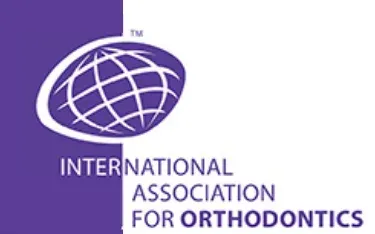February’s Tip

Third Order Artistic Wire Bends Torque or Inclination Part I Arch wire a .016 x .022 SS
By Dr. Adrian J. Palencar, MUDr, MAGD, IBO, FADI, FPFA, FICD
February 2021
Third order wire bend is torque and it refers to axial inclination of the root-tooth alignment bucco-lingually in the vertical plane. The torque on brackets/teeth can be positive or negative. In the most common SWA prescriptions, only maxillary incisors brackets have a positive crown torque. All the rest of the brackets have “0” or negative torque.
There are low torque SWA prescriptions (maxillary first and second incisor) such as Andrews (+7°, +3°) and Roth (+12°, 8°). However, in the functional treatment philosophy, the favorite prescriptions are high torque such as Hilgers (+22°, +14°), Nanda (+17°, +11°) and the most popular McLaughlin, Bennett and Trevisi (+17°, +10°).

The two most popular torqueing assemblies are; Torqueing pliers with the key (wide) and Rose torqueing pliers. They were fabricated for torqueing an arch wire for a single tooth. However, you may use them for torqueing an arch wire for multiple teeth. It is also possible to torque the arch wire for multiple teeth with two “flat on flat” pliers (i.e. Ribbon arch pliers). The torqueing key has two slots: one side for arch wire a .018 and less, and the other side for a .022 and less.

Positive crown torque (should not be more then +20°) is applied on the .016 x .022 SS for maxillary right lateral by pulling the torqueing key up. Negative crown torque (-20 °) is applied by pushing the torqueing key down. Inherently, if the crown is torqued bucally, the root will move lingually. Corollary, if the crown is torqued lingually, the root will move bucally. Additional torque may be added in the subsequent appointment. This (a .016 x .022 SS) arch wire may be considered the final one as it should be left in place at least 3 months. If the clinician decides to progress to the heavier arch wire (a .018 x .025 or a .019 x ,025 SS), this Third order artistic wire bend should be meticulously reproduced.
Rose torqueing pliers are constructed to apply Third order artistic wire bend only on a single tooth. It is more costly than Torqueing pliers with the key. However, the Rose torqueing pliers are extremely durable.

Placement of Third order artistic wire bends – torque (single tooth, multiple teeth or rocking chair curve) precipitates undesirable changes in the posterior sextants. The author suggests bending “goal posts” in right angle at the end of the arch wire. These “goal posts” serve as an indicator of any undesirable changes in the posterior region and also as mini handles to straighten the arch wire.

References
- English j. D., Orthodontic Review; 92
- Rondeau Seminars, Level I, Session 2; 19 – 20
- Rondeau Seminars, Case Finishing; 104 – 112
